South Pole's never-ending night and daily auroras are a dream for astrophotographers
"Sometimes the auroras are so bright that it feels as if they are lighting up the snow."
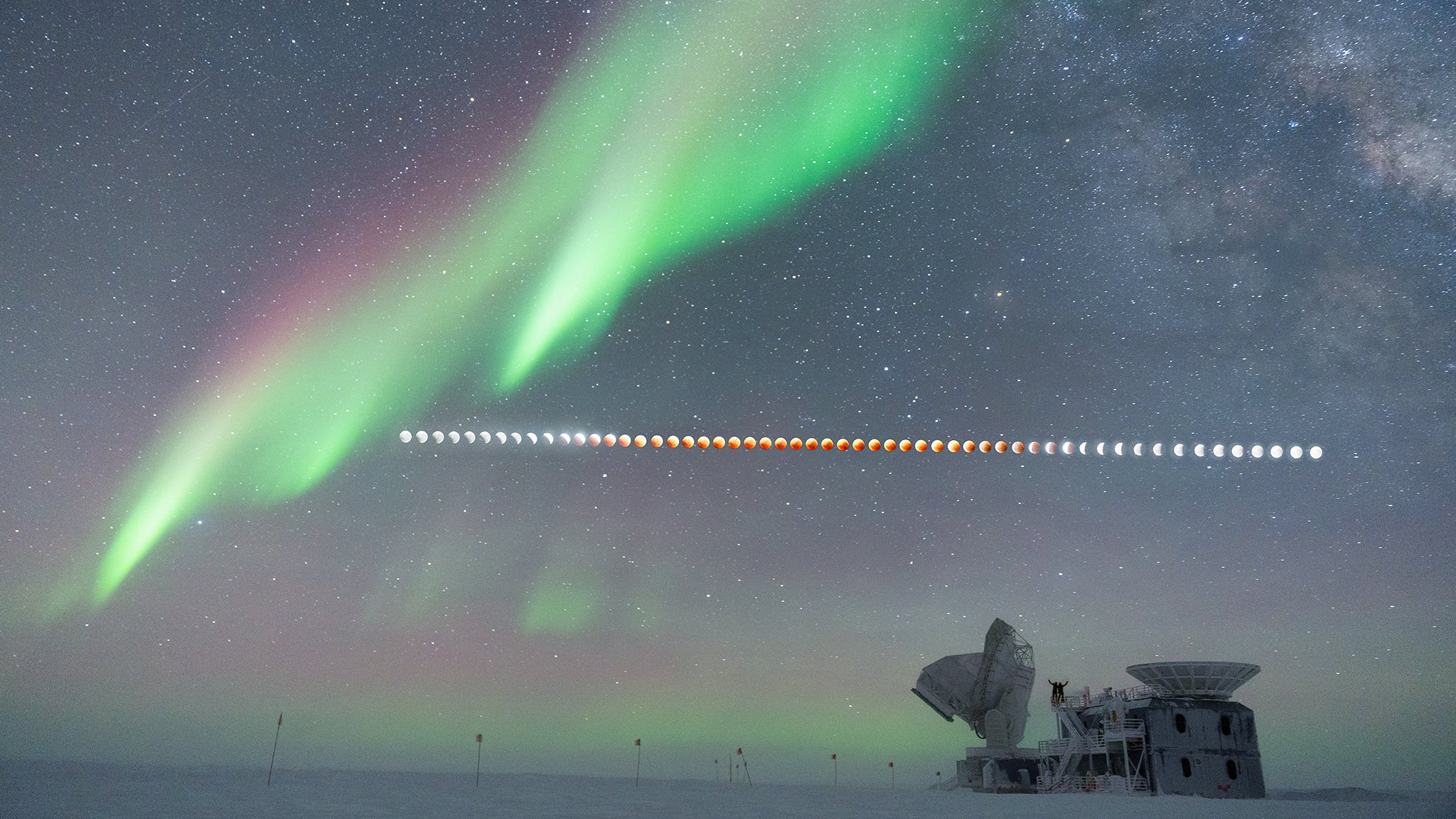
The South Pole is a heaven and a hell for astrophotographers.
Go for a walk with your camera hanging around your neck to capture the beauty of the star-studded sky of the endless polar night, and in a mere ten minutes, it shuts down. Try plugging your device into the power supply to get a long stunning time lapse, and in ten minutes, the power cable's coating shatters like glass, leaving only the dangerously exposed metal. Take your hands out of your bearlike gloves to operate the camera, and in five minutes, you have frostbite.
Being a polar astrophotographer is not for the fainthearted. But if you accept the limitations and learn the tricks of the trade, you will be rewarded with some of the most stunning shots of your life and experiences you'll never forget.
"The sky is absolutely stunning here," Aman Chokshi, an astrophotographer and astronomer told Space.com. Chokshi is currently completing a year-long rotation at the South Pole Telescope, the largest astronomical observatory in Antarctica, located at the U.S. Amundsen-Scott South Pole Station.
Related: These astronaut photos of auroras seen from space are just breathtaking
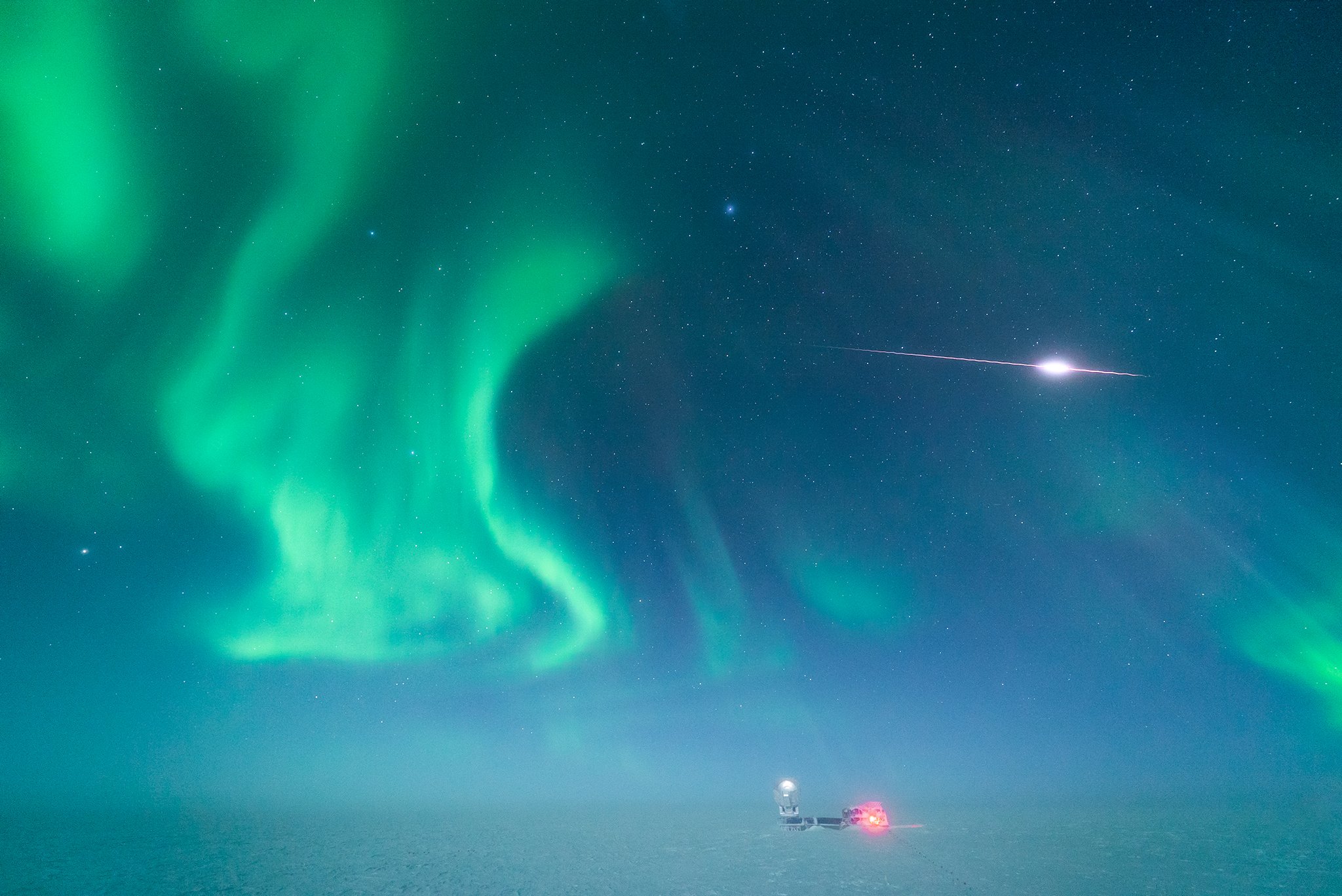
The telescope, which Chokshi and another astronomer were hired to maintain, observes the so-called cosmic microwave background, the most ancient form of light in the universe, believed to be a left-over from the Big Bang. The cold Antarctic conditions and dry air make the South Pole the best location on Earth to track this type of radiation, which helps astronomers analyze the expansion of the universe and also to examine interactions of dark matter with distant galaxies and galactic clusters.
"The telescope operates at extremely cold temperatures, just a fraction of a degree above absolute zero," Chokshi said. "It's basically the coldest temperature you can get. Because on the pole we only have one day-night cycle per year, we don't have large temperature fluctuations."
Get the Space.com Newsletter
Breaking space news, the latest updates on rocket launches, skywatching events and more!
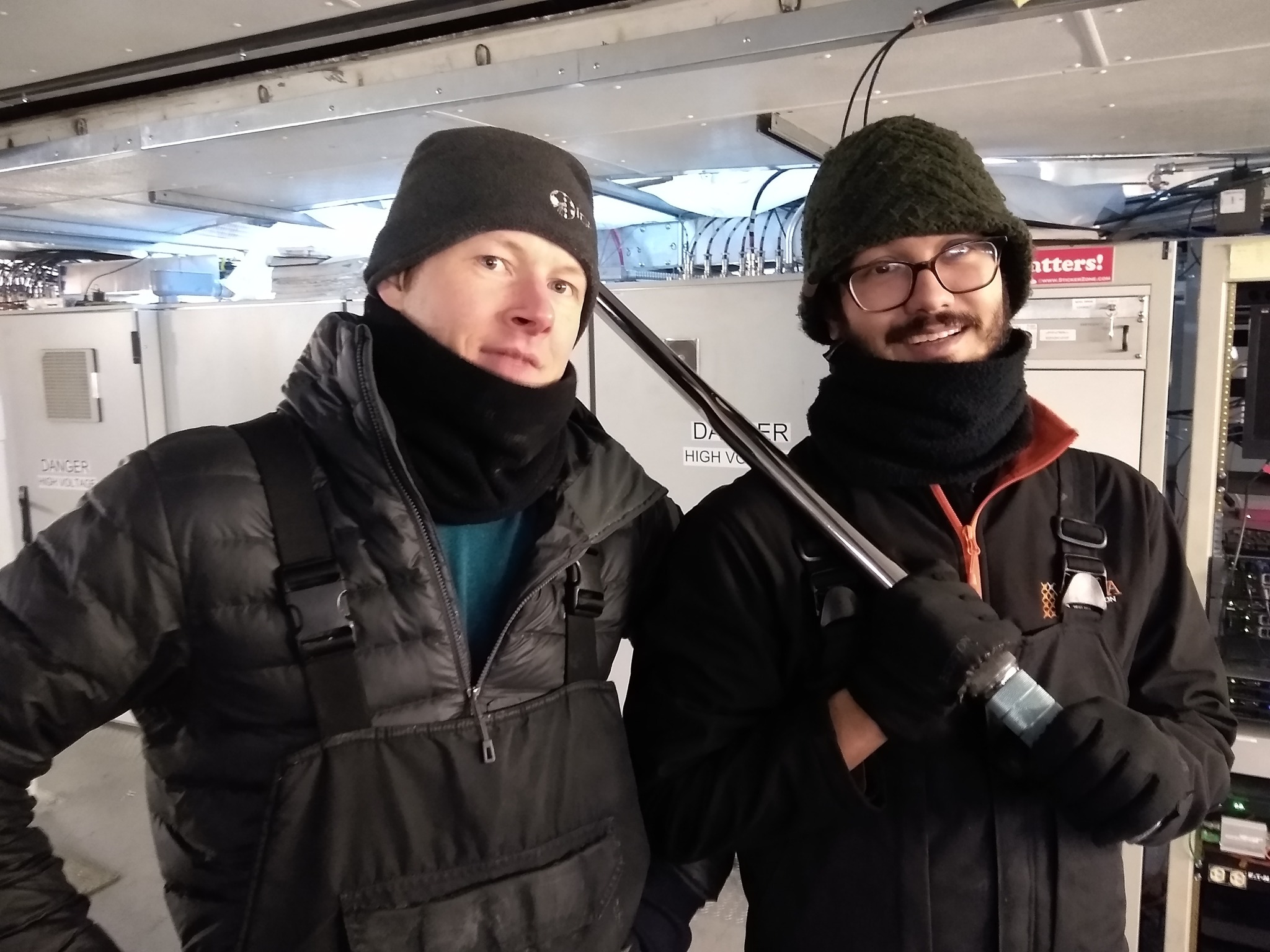
Auroras, eclipses and the deepest views of Milky Way
Originally from India, Chokshi suspended his PhD in astrophysics at the University of Melbourne, Australia, to spend a year on the South Pole. He says he inherited his interest in the universe from his astrophysicist mother, and was later drawn to the art of astrophotography by the mesmerizing sights he witnessed during his hikes in the Himalayas. The South Pole stay has supercharged his portfolio, filling his Instagram pages with breathtaking photographs that capture combinations of celestial phenomena, each of which would set the hearts of astrophotographers in other parts of the world racing.
In one of his most mind-boggling timelapses, Chokshi captured the band of the Milky Way arching above the South Pole Telescope as the eclipsing moon moved from left to right along the horizon underneath glowing streaks of bright green and purple auroras.
"We've had almost no nights without auroras here," Chokshi said. "Sometimes they are so bright that it feels as if they are lighting up the snow, the whole polar plateau turns green."
In the depths of the six-month polar night, when not a single ray of sunlight reaches above the horizon, the moon is a precious companion. It moves through the sky following patterns that differ from those at lower altitudes.
"The moon is above the horizon for two weeks and then below the horizon for two weeks," Chokshi said. "When it's above the horizon for two weeks, and it's the dead of winter, and you haven't seen the sun, the moon is so bright. It just seems like the whole landscape is lit by moonlight. And then when it got eclipsed, it just became dark and you could see the aurora again because under the moonlight you can't see the auroras."
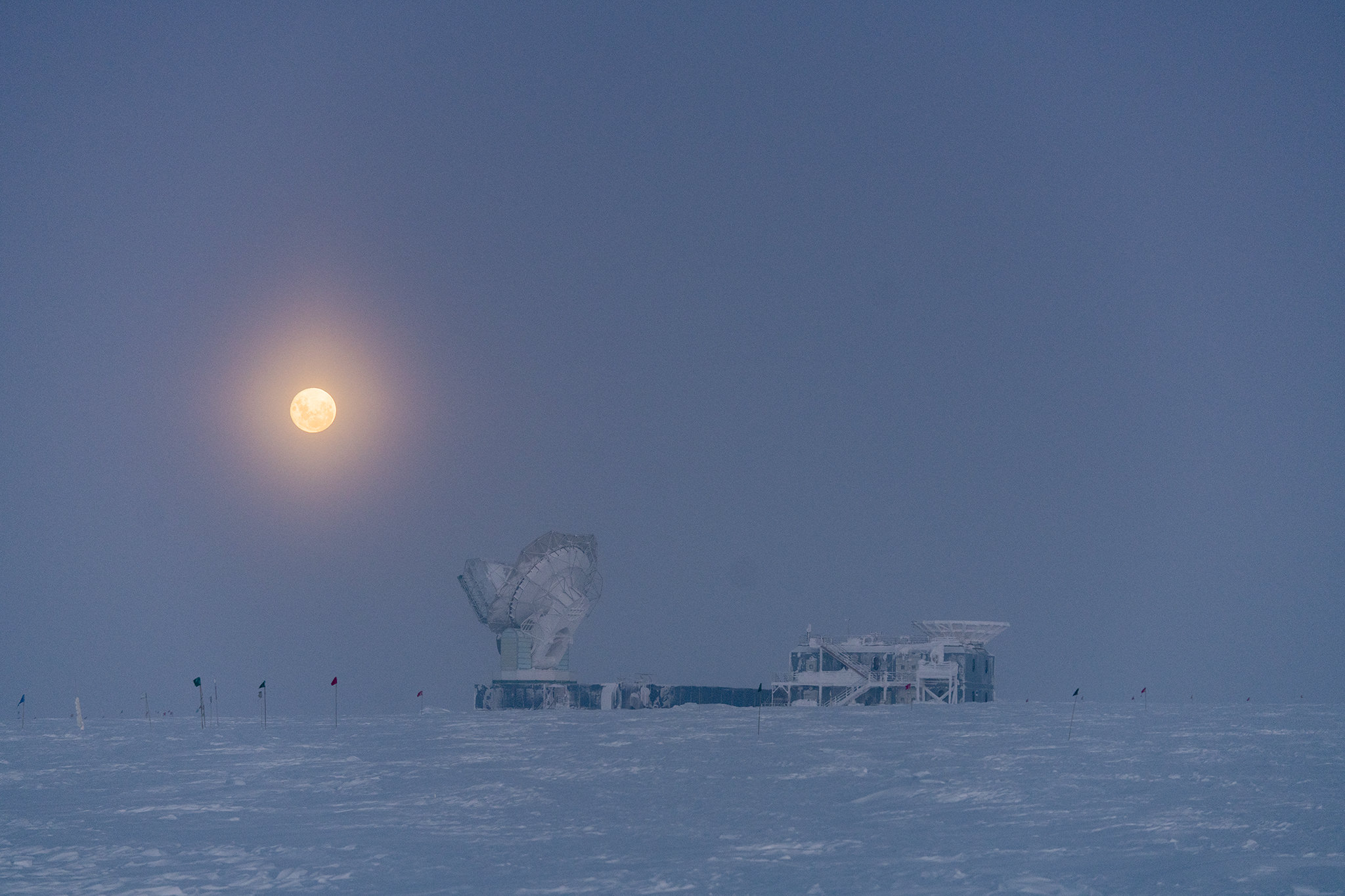
Keeping warm to enjoy the polar night
Chokshi arrived at the South Pole in November last year after succeeding in a rigorous selection process. His passion for astrophotography and a desire to experience the pristine polar sky, unspoiled by any, even remote presence of artificial lights, was as important a motivation for applying for the adventure as his astronomical pursuits. His nocturnal inclinations seemed to have made him immune to the creepy gloom that wears down many polar winterovers (individuals who spend the winter at the Pole) as a result of the total lack of sun exposure.
"[The polar night] affects people in different ways," Chokshi said. "Some people find it hard to be happy with so much darkness, but I spent a lot of time outside under the sky and it was just stunning."
Polar winterovers tend to have a collegial spirit, and so Chokshi wasn't left to his own devices to figure out how to make the best out of his time at the station. Tailored photographic equipment is passed down from a rotation to a rotation together with useful tips and advice.
"The way that we use cameras down here is in insulated thermal boxes made of foam," Chokshi said. "The part [of the cameras] that usually fails is the batteries. Once they get cold they produce no power, so you need to keep the camera warm."
The DIY equipment can be quite basic, relying on warm water bottles to keep the temperature in the box high enough, or more sophisticated, using electric heaters. To take long-exposure shots that require plugging the camera into an electrical socket, Chokshi had to replace the plastic-covered camera cabling with frost-resistant teflon-coated wires to prevent the cables from shattering.
"For some of the really long time lapses, like I have taken some over 36 hours, I would plug my camera into the wall and keep it in the insulated foam box," he said. "It's fine that way, although you can't easily move it around. If I'm just going for a walk, I keep my camera inside my jacket and take it out only when I want to take a picture, then put it back immediately."
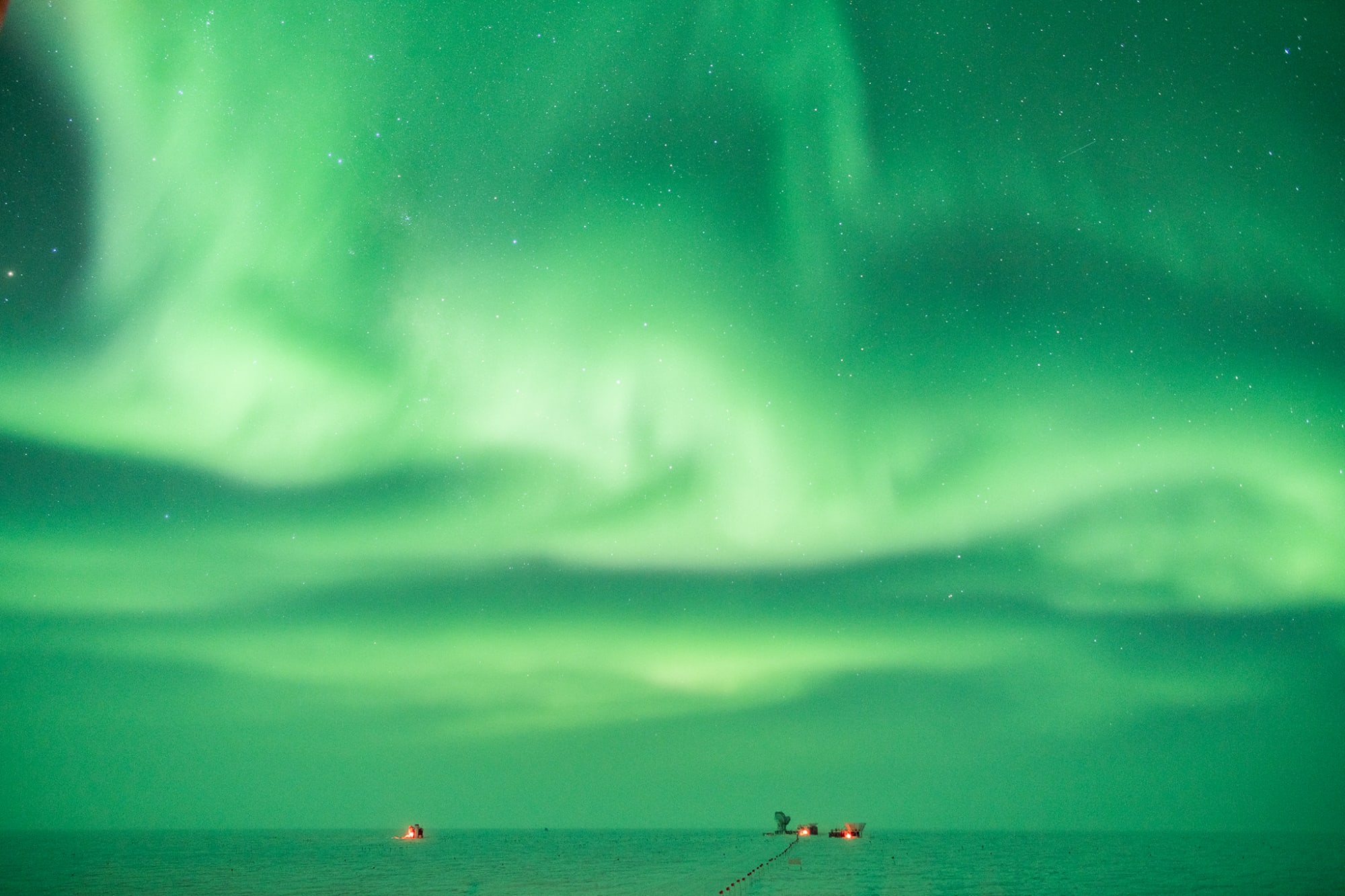
Keeping frostbite at bay
Temperatures regularly drop to minus 94 degrees Fahrenheit (70 degrees Celsius), which can feel more like minus 140 degrees F (minus 95 degrees C) when the wind blows. It's not just the equipment that needs thermal insulation. South Pole residents know how to protect themselves against the chill. Layers and layers of clothing are key if one wants to stroll underneath the star-studded sky for hours, like Chokshi, or carry out regular excursions from the base station to the telescope to fix technical problems without getting frostbite.
"You're wearing a base layer of thermals and then on top of that I usually wear sweatpants, a T-shirt and a fleece jacket. And then we wear Carhartt overalls, and a big puffy feather jacket," Chokshi said. "We wear insulated bunny boots, which have a layer of air in the middle, which keeps the insulation really high. The important part is to basically leave no bit of skin exposed except for your eyes."
Even gloves come in layers. When the astrophotographer takes his hands out of his giant fingerless bear-paw gloves to take a snap, there is still a liner glove underneath that protects the skin from the frost. Since his stay on the South Pole is not just a hobby trip, Chokshi has to get out into the cold every day, regardless of the weather, to check on the telescope, which is located nearly a mile (1.5 kilometers) away from the station. Either he or his colleague servicing the microwave background observatory has to be on call 24/7 to attend to unforeseen disruptions.
"We don't have a defined work day," Chokshi said. "If anything goes wrong, we get paged on the radio and we have to get to the telescope and restore its functions. Sometimes it's just a software issue that we can fix from the science lab at the station. Other times it's a hardware issue that requires us to run out to the telescope and debug it. The call can come at any time, even at 3 in the morning."
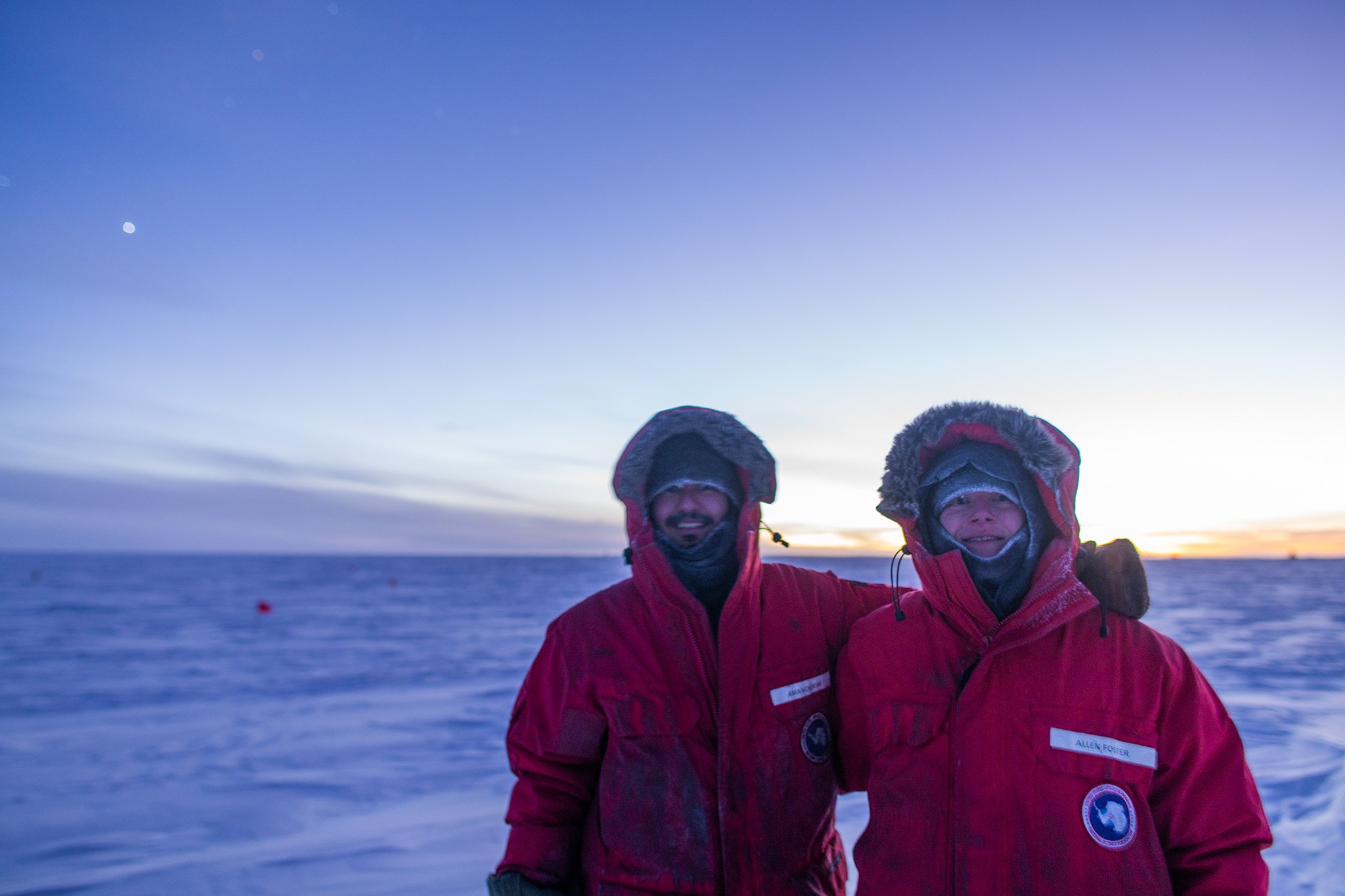
Communal life
The South Pole Telescope is one of four science facilities at the Amundsen-Scott South Pole Station. The IceCube Neutrino Observatory, a weather station of the U.S. National Oceanic and Atmospheric Administration studying the ozone layer above Antarctica, and a seismology research station also operate at the facility.
A crew of over 40 people staffs the station over the six-month-long winter, including support personnel running a galley (kitchen) and a power plant that supplies the station with electricity. It's a peaceful life, according to Chokshi, but crews know how to keep boredom and loneliness at bay.
"It's a very small community. So people are quite close," said Chokshi. "There are a lot of community driven activities in the evenings like sports or watching movies, which is very good."
The living conditions are modest but comfortable: A small private room with a bed and a desk, communal bathrooms and a gym.
Chokshi admits that after a year in this well-organized polar wilderness, the idea of getting back into the whirlwind of city life feels intimidating.
"I'm a bit nervous about that. But also excited to be in greenery again, to have animals around, ocean, sunlight," he said.
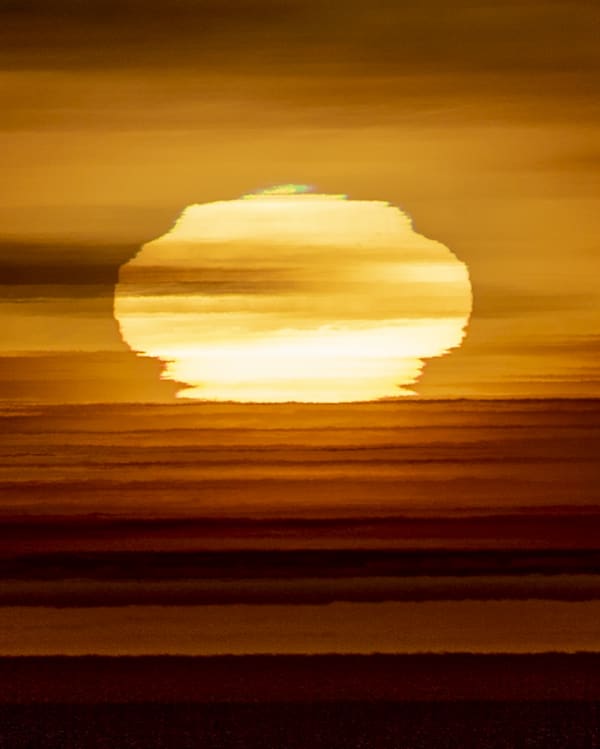
The first sunrise
Despite his appreciation of the beauty of the polar night, Chokshi said that the moment when the sun swung above the horizon in September for the first time since March took his breath away. He treated the special moment just the same as all the other celestial phenomena he had witnessed over the year: By taking stunning images.
"It was definitely very invigorating," he said. "You just feel full of energy. I spent almost seven hours outside on the day of the sunrise, just taking pictures, walking and enjoying it. It's magical to see the sun after so long. You end up staring at it a lot, which can also be a bit blinding."
A few weeks remain of Chokshi's stay at the station. His journey back home will be a somewhat uncertain adventure dependent on the whims of the weather. It might take a week for him to get home to India and hug his family, but it may also take over a month.
"In the best case scenario, we will fly on a small plane from the South Pole to the coast of Antarctica, which is about six hours. And from there to Christchurch in New Zealand," he said. "But you need good weather at the South Pole as well as on the coast of Antarctica for the planes to make it here. The runways at the McMurdo Station [on the coast] are on ice so it can take weeks to make them usable if there is a storm. It's easy to get stuck."
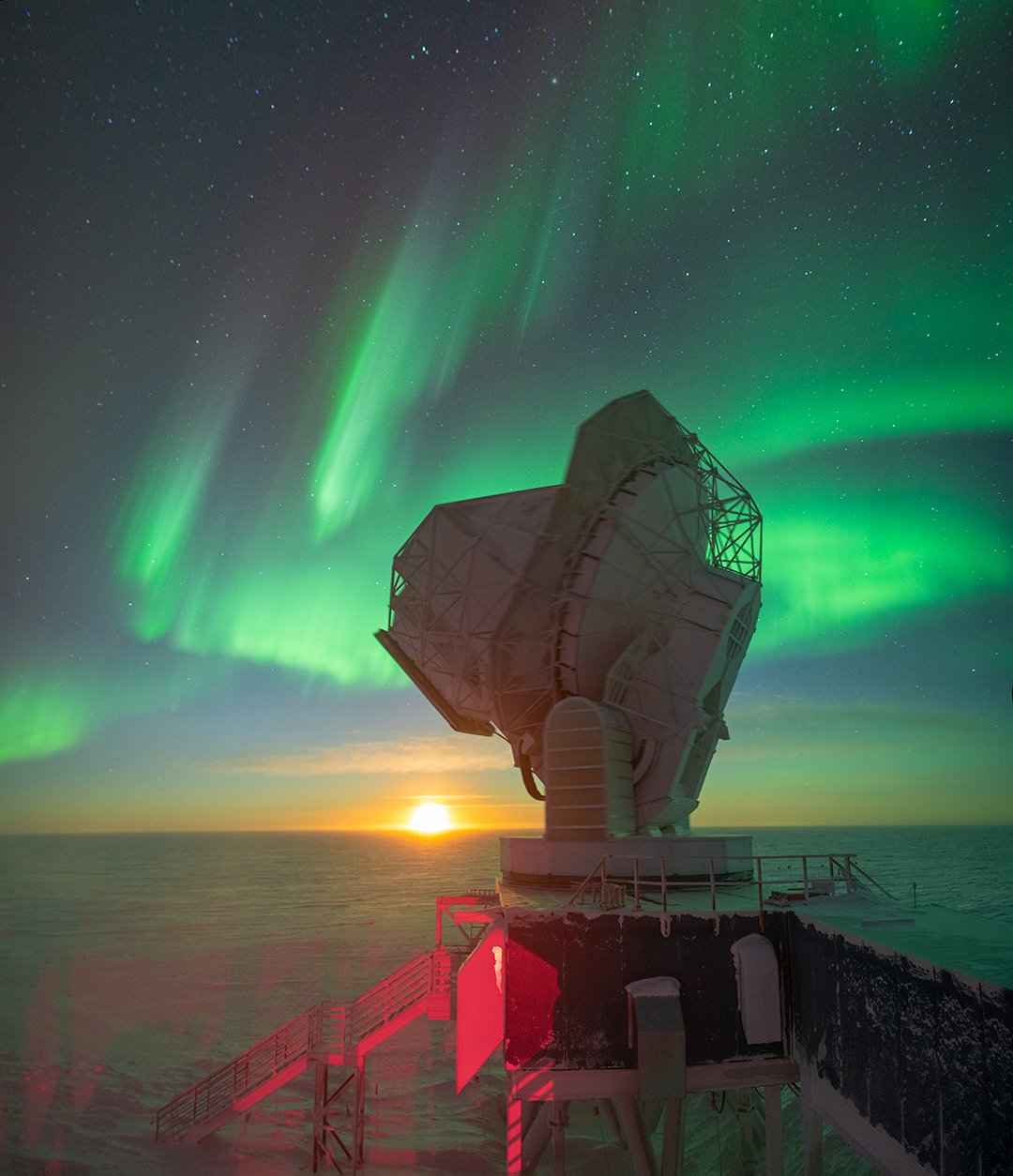
The thermal boxes and teflon-coated wires Chokshi built to protect his cameras will stay at the station. There is not much use for them anywhere else in the world. The equipment will serve the next rotation of scientists passionate about astrophotography who will arrive at the South Pole Station after Chokshi.
"I will be leaving all the equipment I made down here because it's very tailored for down here. So the next generation of people will probably use some of my stuff," he said.
If all goes well, he will get to see his family by the end of the year. Then he will return to Melbourne to restart his PhD in astrophysics. The pictures, as well as the memories of the South Pole, will stay with him forever.
To see more of Chokshi's astrophotography, visit his Twitter @aman_chokshi or Instagram page @aman_chokshi.
Follow Tereza Pultarova on Twitter @TerezaPultarova. Follow us on Twitter @Spacedotcom and on Facebook.
Join our Space Forums to keep talking space on the latest missions, night sky and more! And if you have a news tip, correction or comment, let us know at: community@space.com.

Tereza is a London-based science and technology journalist, aspiring fiction writer and amateur gymnast. Originally from Prague, the Czech Republic, she spent the first seven years of her career working as a reporter, script-writer and presenter for various TV programmes of the Czech Public Service Television. She later took a career break to pursue further education and added a Master's in Science from the International Space University, France, to her Bachelor's in Journalism and Master's in Cultural Anthropology from Prague's Charles University. She worked as a reporter at the Engineering and Technology magazine, freelanced for a range of publications including Live Science, Space.com, Professional Engineering, Via Satellite and Space News and served as a maternity cover science editor at the European Space Agency.









